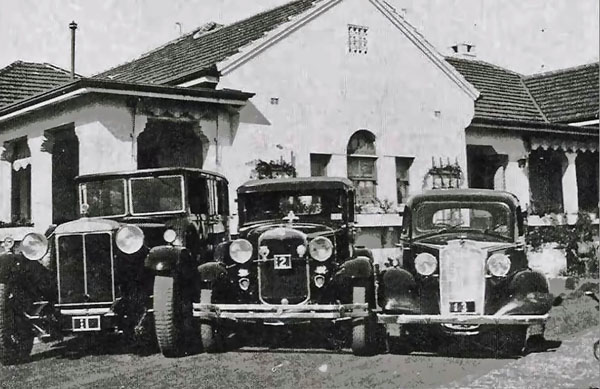
Coming up for auction by Lloyds on January 27 is the ‘unicorn’ of NSW number plates. It’s
NSW 1, described by Lloyds as the nation’s most sought-after heritage plate.
It already has a bid for more than $10 million – and that’s not a typo.
“After being tightly held for decades by the current custodians and never been offered for
public auction before, this heritage “NSW 1” number plate is a unicorn, the holy grail must-
have for any blue-chip passion investor or number one gift for that person who has
‘everything”– the auctioneers say.
In 2017, the single-digit NSW plate ‘4’ fetched an unprecedented $2.45 million at auction.
While in 2020, the Victorian plate 26 went for $1.1 million. The smaller the number, the
bigger the pay day.
According to the Sydney Morning Herald, NSW 1 plates were issued to a vehicle of the
state’s first Police Commissioner. Then, in the 1930s they were acquired by Sir Frederick
Stewart, the Newcastle railwayman turned bus company owner and founding chairman of
Australian National Airways, who before his passing in 1961, had them on his Oldsmobile.
In 1988 his widow, Lady Majorie Stewart, is said to have declined an offer of $200,000 for
them when they were on her 1981 Ford Fairmont LTD. When Lady Stewart passed away
in the year 2000, there was great anticipation and hope that the unique plates would come
on to the market, but that never happened. Until now.
It is the first time NSW 1 is being offered via public auction in more than 110 years ‘and will
probably be the last,’ the auction house says.
“It is truly a once in a lifetime opportunity to secure the most desirable and prestigious
number plates in Australia.
“Generally rare heritage plates such as these are passed down through generations within
families, so the significance of this 1 in 100-year event is record-breaking in itself.”
The NSW licence plate number 1
The origins of Australian number plates all began with the number 1 and were
manufactured in enamel. Every state had only numbers 1 to 9 in single digit form.
From 1910 to 1937, serials on registration plates for cars were all-numeric, running from 1
to 274-000, while serials on plates for lorries consisted of the letter L followed by up to five
numbers.
All plates from 1910 to 1924 consisted of black characters on a white background, with the
state abbreviation added in 1912.
In 1924, the colour scheme for car plates was reversed, so that they consisted of white
characters on a black background. Rear plates were supplied by the government and
motorists had to request front plates to be made.
Licence plates were introduced from 1910, as a direct result of England deciding to also
implement a car recognition system.
From 1936, it was decided that Australian licence plates would become uniform in size and
use embossing in standard Australian dies, beginning with New South Wales, FCT (now
ACT) and Victoria.
A footnote from Lloyds: Due to the extreme rareness and importance of this amazing piece
of history, bidders will need to be pre-approved. Any bids made without prior approval will
be removed until confirmed.
Phone or text 0498 623 629 to register to your bid. The current bid, by the way is
$10,010,000!